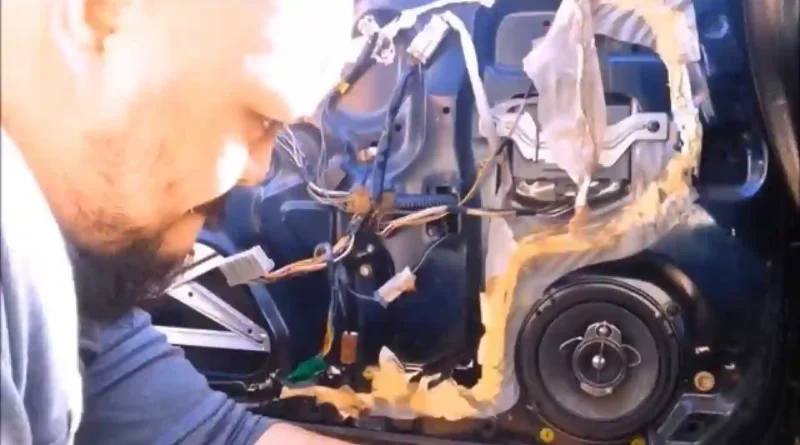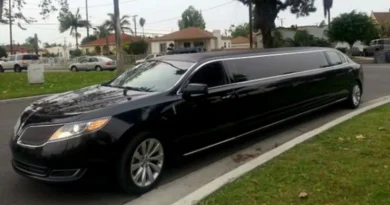Replacing a Window Regulator Motor: DIY or Mechanic?
Your car’s window regulator motor is a critical component that powers the movement of your windows. Whether you have power windows or manual windows, the window regulator motor plays a central role in the smooth operation of your vehicle’s windows. Over time, these motors can wear out or fail, leading to issues such as slow window movement, erratic operation, or complete window failure. When faced with a malfunctioning window regulator motor, you may wonder whether to tackle the replacement yourself or seek the expertise of a mechanic. In this article, we’ll explore the pros and cons of both options to help you decide whether to replace a window regulator motor as a DIY project or entrust it to a professional mechanic.
Understanding the Window Regulator Motor:
Before we delve into the decision-making process, it’s essential to have a basic understanding of the window regulator motor. In vehicles with power windows, the window regulator motor is responsible for controlling the movement of the window glass. When you press the window switch, an electric current is sent to the motor, which then operates the regulator mechanism to move the window up or down.
DIY Window Regulator Motor Replacement:
Pros:
- Cost Savings: One of the most significant advantages of a DIY replacement is cost savings. You can purchase the replacement motor yourself, which can be more budget-friendly than paying for both parts and labor at a mechanic’s shop.
- Learning Experience: Replacing a window regulator motor can be a valuable learning experience for car enthusiasts or DIYers. It allows you to gain knowledge about your vehicle’s inner workings and become more self-sufficient in basic car maintenance.
- Control and Convenience: Doing the replacement yourself gives you control over the process. You can choose the replacement motor and schedule the repair at your convenience.
Cons:
- Complexity: Replacing a window regulator motor is not always a straightforward task. It can involve disassembling the door panel, handling electrical components, and working in confined spaces. The complexity of the job may vary depending on your vehicle’s make and model.
- Tools and Equipment: DIYers need access to the necessary tools and equipment, such as screwdrivers, wrenches, trim removal tools, and electrical testing equipment. Acquiring these tools can add to the overall cost if you don’t already have them.
- Time-Consuming: If you’re not experienced with this type of repair, it may take you longer to complete the job than a professional mechanic. You might need extra time for research and troubleshooting.
- Risk of Mistakes: DIY repairs carry the risk of making mistakes, which can lead to further damage or complications. Incorrect installation or connections can result in electrical issues or window regulator malfunctions.
Professional Mechanic Window Regulator Motor Replacement:
Pros:
- Expertise and Experience: Professional mechanics have the knowledge and experience to perform window regulator motor replacements efficiently and accurately. They are familiar with various vehicle makes and models, which can be especially helpful if your car has unique features.
- Quality Workmanship: Mechanics use specialized tools and equipment to ensure the replacement is done correctly. They also have access to high-quality replacement parts, which can contribute to a longer-lasting repair.
- Warranty and Guarantees: Many reputable repair shops offer warranties or guarantees on their work. If any issues arise after the repair, you can typically return to the mechanic to have them addressed at no additional cost.
- Time-Saving: Professional mechanics can complete the replacement much faster than a DIYer, saving you time and the hassle of doing it yourself.
Cons:
- Cost: The main drawback of hiring a mechanic is the cost. Labor charges can significantly increase the overall expense of the repair, especially if your vehicle requires extensive labor hours for the replacement.
- Limited Control: When you take your car to a mechanic, you relinquish control over the choice of replacement parts and the scheduling of the repair. You’ll need to trust the mechanic’s expertise and recommendations.
- Scheduling and Waiting: You may need to schedule an appointment with a mechanic, which can result in waiting for an available slot. If your window regulator motor has failed completely, you may have to endure an uncomfortable period without functional windows.
Factors to Consider when Deciding:
To make an informed decision on whether to replace a window regulator motor yourself or hire a mechanic, consider the following factors:
- Your Skill and Experience: Assess your own automotive knowledge and repair skills. Have you successfully completed similar DIY projects in the past, or is this your first foray into car repairs? More experienced DIYers may feel confident tackling the job, while beginners may benefit from professional assistance.
- Tools and Equipment: Do you have access to the necessary tools and equipment required for the replacement? Ensure you have the right tools for the job to avoid complications during the repair.
- Vehicle Complexity: Some vehicles are more complex to work on than others. Consider the make and model of your car, as well as the accessibility of the window regulator motor within the door panel. Complex vehicles may be better suited for professional mechanics.
- Time and Convenience: Evaluate your availability and schedule. DIY repairs can be time-consuming, so consider whether you have the patience and time to dedicate to the project. If you rely on your vehicle for daily transportation, waiting for parts or troubleshooting can be inconvenient.
- Budget: Compare the cost of parts and labor for both DIY and professional repair. Keep in mind that a botched DIY repair may end up costing more in the long run if you have to rectify mistakes.
- Warranty or Guarantees: Check if the mechanic or repair shop offers any warranties or guarantees on their work. These can provide peace of mind in case issues arise after the repair.
- Severity of the Issue: The extent of the window regulator motor issue can influence your decision. If it’s a minor problem that you can easily diagnose and fix, DIY might be a viable option. However, if the issue is complex or requires electrical expertise, professional assistance may be the safest choice.
In Conclusion:
Deciding whether to replace a window regulator motor as a DIY project or entrust it to a mechanic ultimately depends on your skill level, vehicle complexity, time constraints, and budget. Both options have their merits, so it’s essential to weigh the pros and cons carefully. If you’re uncertain about your abilities or the complexity of the repair, seeking professional assistance can ensure a successful and hassle-free window regulator motor replacement. On the other hand, DIY enthusiasts can find satisfaction in tackling the project themselves while saving on labor costs. Regardless of your choice, addressing a faulty window regulator motor promptly is essential to restore the convenience of functional windows in your vehicle.




